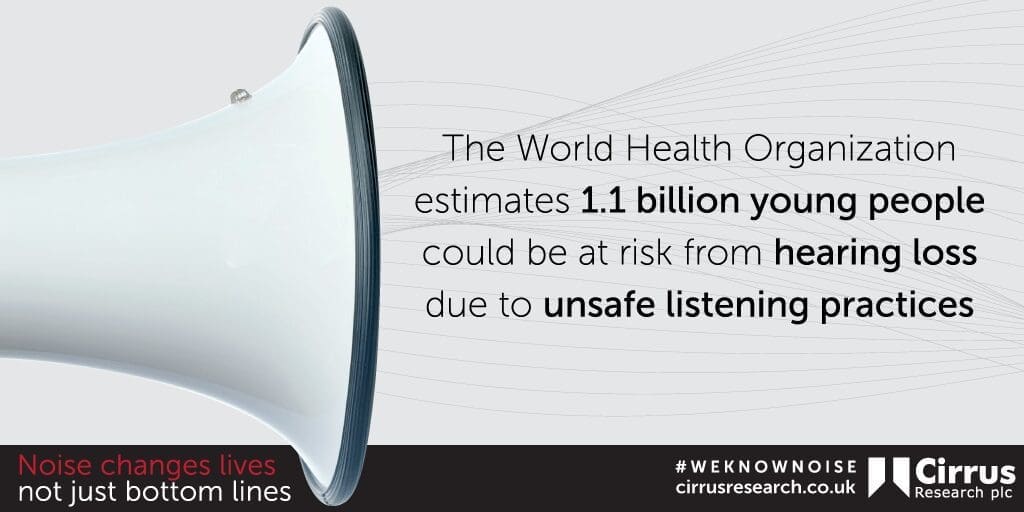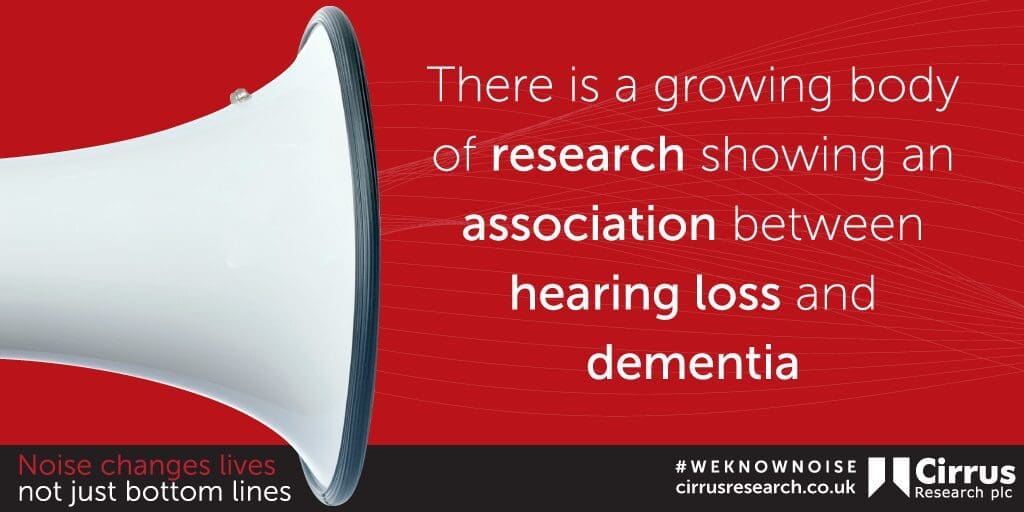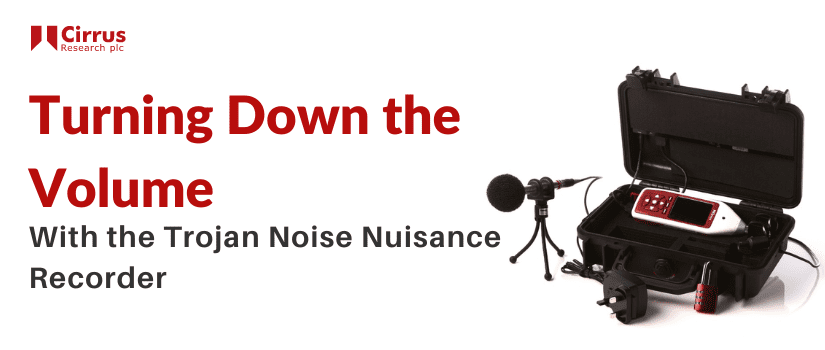It seems that there literally isn’t a day goes by that there isn’t some kind of awareness campaign, anniversary or PR-driven message. National Sausage Week, Shop ‘Til You Drop Day, Peculiar People Day – you name it, somewhere in the world we celebrate it.
One day however that is a little closer to home for me takes place this week March 3 – World Hearing Day 2018. And it’s not a niche as you think, the World Health Organisation (WHO) promotes it and millions worldwide are affected.
How Wide Spread an Issue this is?
Here are a few facts that are pretty relevant and help to illustrate the challenges ahead.
- 360 million people worldwide have disabling hearing loss and 32 million of these are children
- Hearing loss may result from genetic causes, complications at birth, certain infectious diseases, chronic ear infections, the use of particular drugs, exposure to excessive noise, and ageing
- 60% of childhood hearing loss is due to preventable causes
- 1 billion young people (aged between 12–35 years) are at risk of hearing loss due to exposure to noise in recreational settings
- Unaddressed hearing loss poses an annual global cost of 750 billion international dollars. Interventions to prevent, identify and address hearing loss are cost-effective and can bring great benefit to individuals
- People with hearing loss benefit from early identification; use of hearing aids, cochlear implants and other assistive devices; captioning and sign language; and other forms of educational and social support


Hearing Loss: Worldwide Statistics
Overall, it is estimated that more than 5% of the world’s population has a disabling hearing loss – that refers to hearing loss greater than 40 decibels (dB) in the better hearing ear in adults and a hearing loss greater than 30 dB in the better hearing ear in children.
The majority of people with disabling hearing loss live in low and middle-income countries and approximately one third of people over 65 years of age are affected by disabling hearing loss. The prevalence in this age group is greatest in South Asia, Asia Pacific and sub-Saharan Africa.
One of the obvious and main impacts of hearing loss is on an individual’s ability to communicate with others. Spoken language development is often delayed in children and can have a profound effect on their social skills, academic achievement and careers later in life.
There is an obvious economic impact on the individual but WHO also estimate on a bigger scale. WHO estimates that unaddressed hearing loss poses an annual global cost of $750 billion. This includes health sector costs (excluding the cost of hearing devices), costs of educational support, loss of productivity, and societal costs.
In developing countries, children with hearing loss and deafness rarely receive any schooling. Adults with hearing loss also have a much higher unemployment rate. Among those who are employed, a higher percentage of people with hearing loss are in the lower grades of employment.
Overall, it’s suggested that half of all cases of hearing loss can be prevented through public health measures. Immunisation of childhood diseases, better healthcare for pregnant women, earlier detection and intervention all play their part in halting hearing loss. Technology and development in better hearing aids and cochlear implants is also crucial but often financially out of reach of those in second and third world countries.


So How is WHO Responding?
The good news is in many, many ways. WHO assists Members States in developing programmes for ear and hearing care that are integrated into the primary health-care system of the country. WHO’s work includes:
- Providing technical support to Member States in development and implementation of national plans for hearing care
- Providing technical resources and guidance for training of health-care workers on hearing care
- Developing and disseminating recommendations to address the major preventable causes of hearing loss
- Undertaking advocacy to raise awareness about the prevalence, causes and impact of hearing loss as well as opportunities for prevention, identification and management
- Developing and disseminating evidence-based tools for effective advocacy
- Bbserving and promoting World Hearing Day as an annual advocacy event
- Building partnerships to develop strong hearing care programmes, including initiatives for affordable hearing aids, cochlear implants and services
- Collating data on deafness and hearing loss to demonstrate the scale and the impact of the problem
- Promoting safe listening to reduce the risk of recreational noise-induced hearing loss through the WHO Make Listening Safe initiative
- Promoting social inclusion of people with disabilities, including people with hearing loss and deafness, for example, through community-based rehabilitation networks and programmes
Thankfully hearing loss is being recognised internationally as a debilitating issue that affects hundreds of millions of people. So, let’s keep beating the drum (as with our Noise Changes Lives campaign) and hopefully even more people will get the message.





